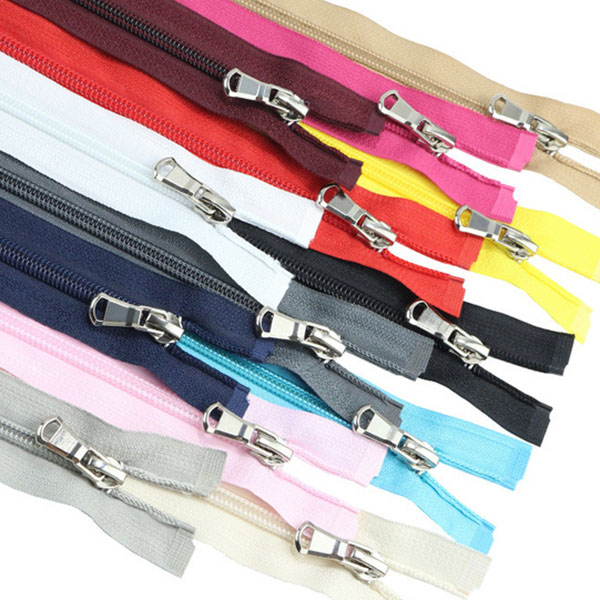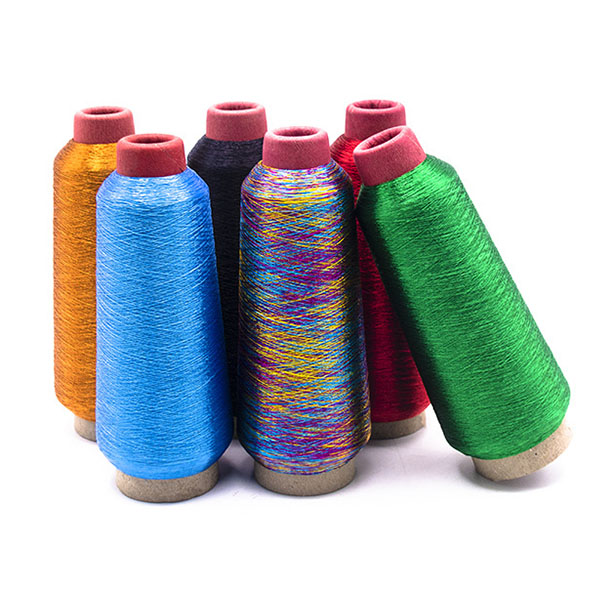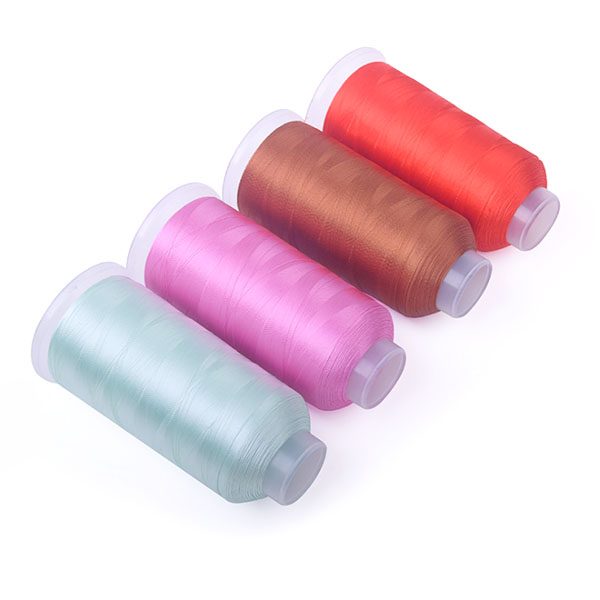U.S. apparel imports rose 27.42 percent in 2021 as supply chain bottlenecks and COVID-19 lockdowns failed to dent apparel demand from U.S. brands and retailers, while exports fell 16.37 percent in 2020, according to the U.S. Department of Commerce's Office of Textile Apparel (OTEXA) statistics.

China's share of imports rose
U.S. apparel imports rose 33.7 percent to 2.51 billion square meters in December 2021 compared to December 2020. U.S. apparel imports from China rose 31.45 percent to $11.13 billion in 2021, with the share of imports increasing to 37.8 percent from 36.6 percent in 2020. The second largest source was Vietnam, with imports rising 15.52 percent to 4.38 million square meters in 2021. Us apparel imports to Vietnam rose 7.8 percent year-on-year to 340.73 million square meters in December 2021.Demand for nylon zippers and elastic tape used in clothing also grew year on year.
Us imports from Bangladesh rose 37.85 percent to 2.8 million square meters in December 2021 and 76.7 percent to 273.98 million square meters for the full year of 2021. U.S. imports to Bangladesh are affected by labor and production shortages. Excessive inventory and waste in textile and clothing factories are also holding back the country's exports, according to a study by Bangladesh's Textile University.
Exports from Asian countries dominate
Asian countries such as Pakistan and India became the largest apparel supplier to the United States in 2021. India's garment exports rose 41.69 percent year-on-year to 1.28 billion square meters in 2021, while Pakistan's exports rose 41.89 percent to 895 million square meters. India's garment exports rose 62.7 per cent to $115.14 million sq m in December 2021, while Pakistan's exports rose 31.1 per cent to 86.41 million sq m.Chinese sewing thread exports to Pakistan have grown accordingly.
Exports from Indonesia and Cambodia rose 20.14 percent and 10.34 percent to 1.11 billion and 1.24 billion square meters, respectively. Us imports to Indonesia rose 52.7 per cent to 91.25m sq m in December, while imports to Cambodia fell 5.9 per cent to 87.52m sq m.
Other countries among the top 10 apparel exporters to the United States include Honduras, Mexico and El Salvador. This year, US imports from Honduras rose 28.13 per cent to 872 million sq m. Similarly, sme exports from Mexico increased 21.52 per cent to 826 million sq m, while imports from El Salvador increased 33.23 per cent to 656 million sq m.
The results varied significantly by product category
Apparel imports to the United States recovered in the fourth quarter of 2021 and for all of last year. However, the results varied widely by product category.
Most categories have fully recovered in the fourth quarter and are higher than they were two years ago, at least in volume terms, with single-digit sales increases in some categories while others are up more than 40 percent. In value terms, 336 categories of cotton skirts rose 48 percent. The total number of man-made fiber sweaters for men and women was 645, up 61% year on year.
In two years, the price of cotton trousers has increased by 35% for men and boys and 38% for women. In contrast, rayon suits fell by 30 per cent, reflecting the decline in formal wear in the Novel Coronavirus era.
The average unit price of U.S. apparel imports rose 9.7 percent in the fourth quarter, partly because of higher fiber prices. Many cotton apparel categories saw double-digit increases, while unit value growth was less pronounced in the rayon category.
Post time: Mar-02-2022



